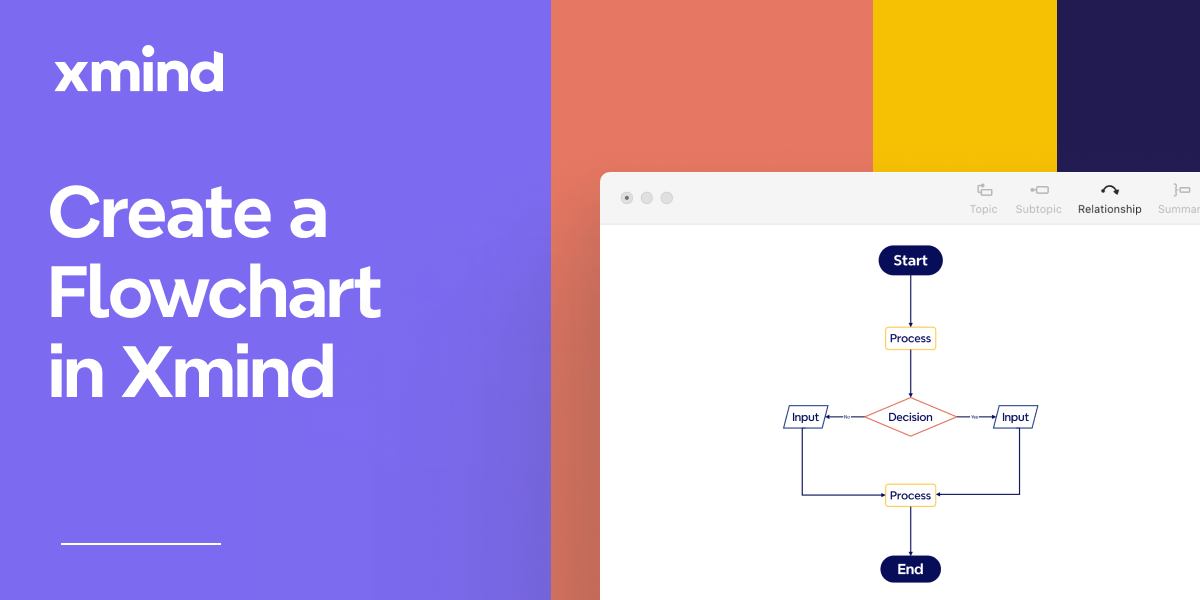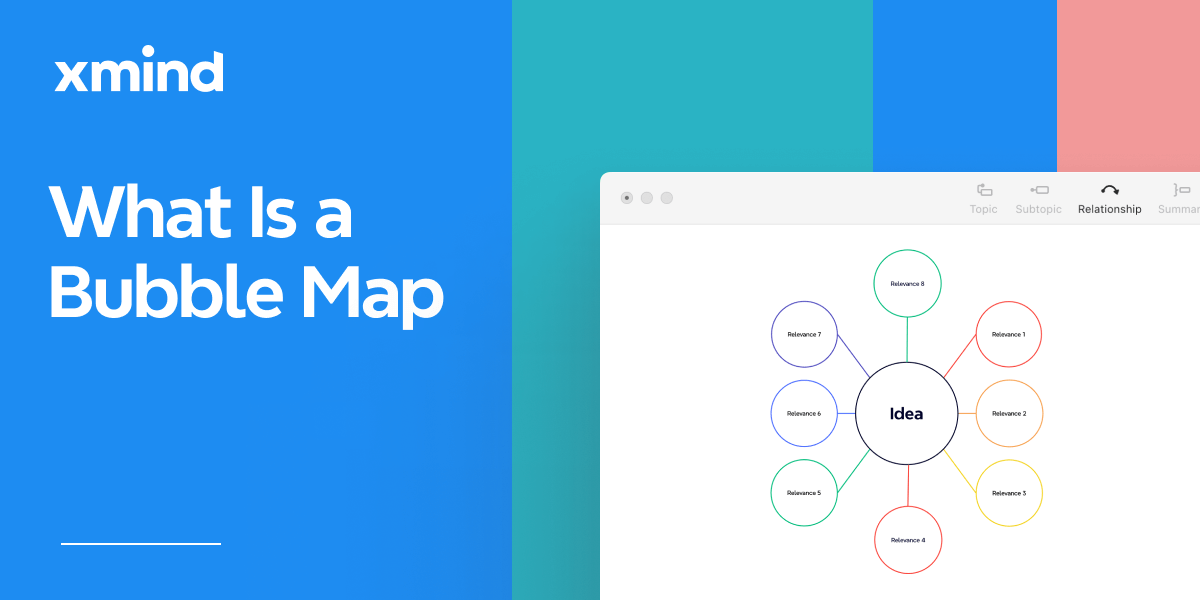Feb 22, 2022
Vertical Mind Maps Are on the Rise (Part 1): Here’s What You Need to Know

Feb 22, 2022
Vertical Mind Maps Are on the Rise (Part 1): Here’s What You Need to Know

Vertical mind maps. That’s a new way of putting mind maps, right?
With the rapid development of new media, it is not enough to be able to master the making of conventional, horizontal mind maps. The portrait screen format is slowly taking over the horizontal screen format and becoming the default for mobile consumption.
Vertical mind maps are here to stay, but before we get into the making of it, here’s something you might want to know.
Understanding Vertical Mind Maps
The vertical mind maps always have the logical relationship of key points interacting, just like your other mind maps.
Oh, don’t see it as the standard org chart with a top-to-bottom (and vice versa) order, nor as PowerPoint slides compiled into vertical images. I am talking about vertical as it perfectly meets the need to view your mind maps on portable devices, and it is easy to share across different platforms.
In other words, vertical mind maps don’t mean squishing your thoughts and ideas into linear paths that only allows one answer. Vertical mind maps are just as associative and inspiring!

Still, Why Vertical Mind Maps?
01 Mind Maps Always Encourage Exploration 💡

Exploration is always encouraged when mind mapping.
Always circled around a central topic, mind maps invariably are all based on a radical hierarchy denoting relationships. Thus, mind maps in a vertical form can be understood as an emphasis of this relationship. Which in other words, this way of producing mind maps performs the best for certain information over others.
It is recommended to use this (vertical) format of mind map presentation on book reports, summaries, informational infographics, and organization of key vocabulary/concepts. On the other hand, brainstorming is more applicable for horizontal and free-form mind map layouts more often done on desktop version of XMind.
02 Strengthens Logical Thinking Skills 💪

One way of explaining vertical mind maps is to think of it as XMind’s logic chart but presented more graphically.
Using reading summaries as an example, we’d often encounter content structures that are sequentially progressive; in this case, a mind map in an orderly format helps for combing out the framework of the reading and picking apart key points.
Contents like step-by-step how-to guides and parallel analysis all share the same feature of a more orderly structure. In these cases, it is ideal to organize your findings in a tidy & systemic manner on a mind map.
03 Vertical Mind Maps Are Here to Stay 📱
Vertical mind maps still have the drawback of not being free-form enough and having a limited amount of area for text presentation. But as time passed by, mobile started becoming the dominant way of content consumption and have become the fastest growing medium in digital marketing (Smith, 2017). Now, it’s hard to say no to vertical.

The most significant benefit of making a vertical mind map is its widespread use, readability, visualization, and convenience to access on portable devices. With different social media platforms becoming vertical friendly, it’s a great way to share your thoughts with others through making a vertical mind map. Your mind maps are no longer limited by file format; simply export into a PNG file, click and share in no time!
Please stay tuned for part two on the topic of vertical mind maps, in which I will share with you ways to create your own vertical mind maps from scratch!
Reference
Smith, K.T. Mobile advertising to digital natives: Preferences on content, style, personalization, and functionality Journal of Strategic Marketing 27 1 2017 67–80 10.1080/0965254x.2017.1384043
Photos from Unsplash
More Posts
Flowchart Essentials: Definition, Templates, and Free Softwares
Discover the power of flowcharts with our detailed guide. Learn what a flowchart is, explore practical use cases, and discover how to create and optimize them using softwares like Xmind and Xmind AI for enhanced workflow efficiency.

Bubble Maps: Definition, Examples, and How to Create in Xmind
Discover the power of bubble maps for data visualization with our comprehensive guide. Learn about different types, practical applications, and best mind mapping tools like Xmind. Get step-by-step instructions and expert tips to create stunning bubble maps for brainstorming, project management, and report writing.

The Complete Guide to Organizational Chart [2024]
Discover the simple steps to build dynamic organizational charts with Xmind.


One space for all your ideas
Organize thoughts, visualize structures, connect ideas, and unlock insights.
Get Started for Free


